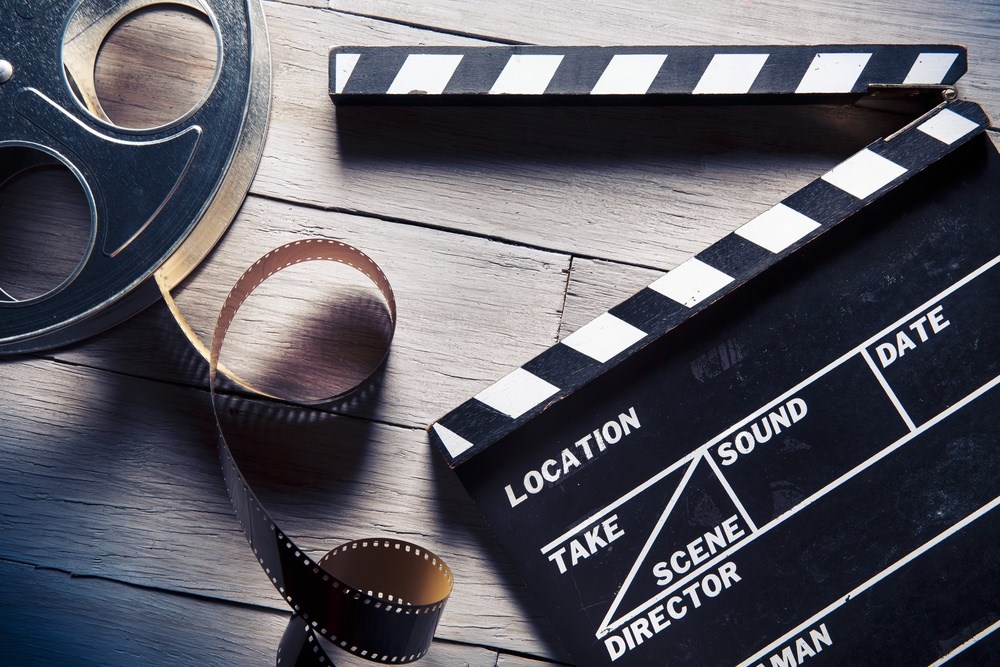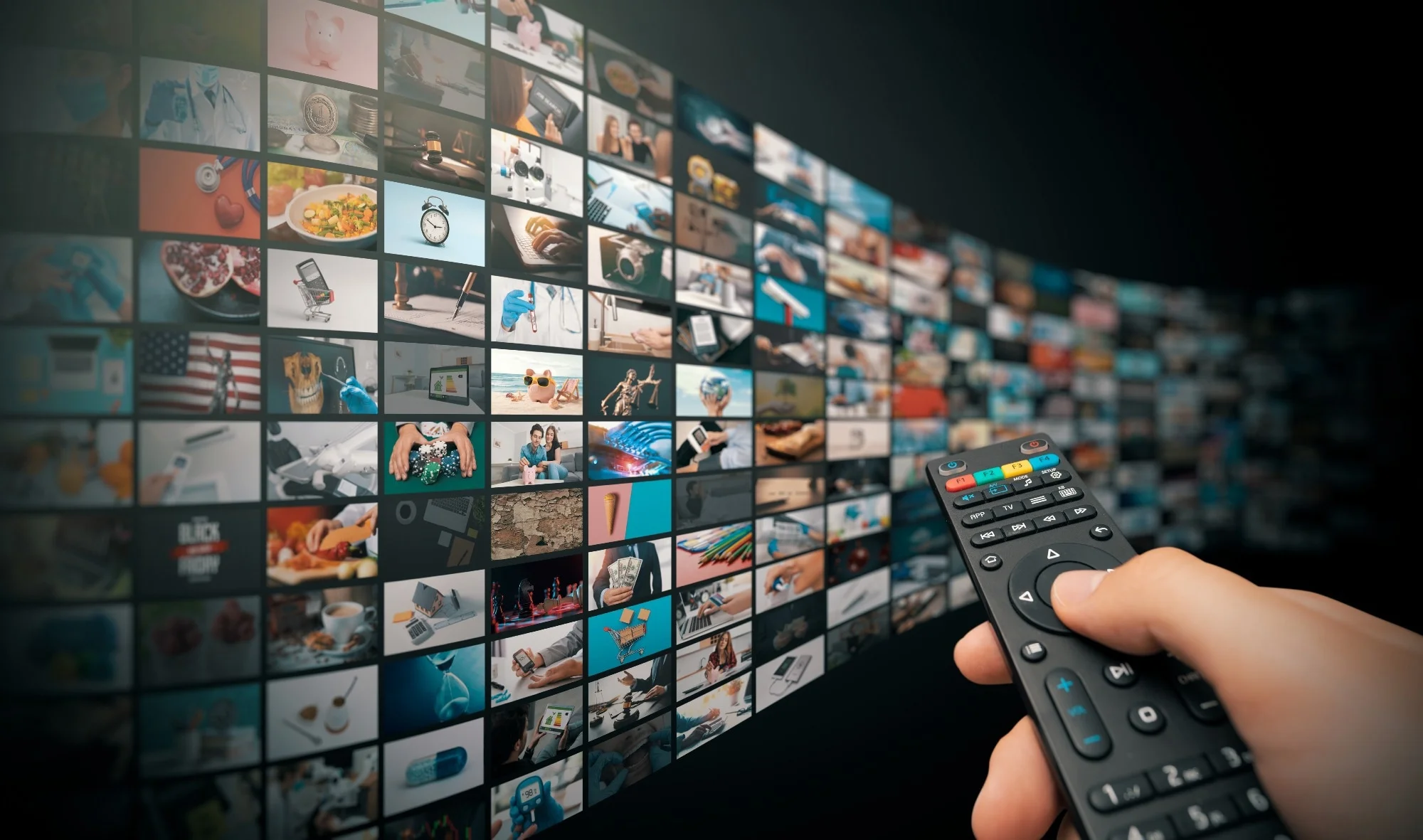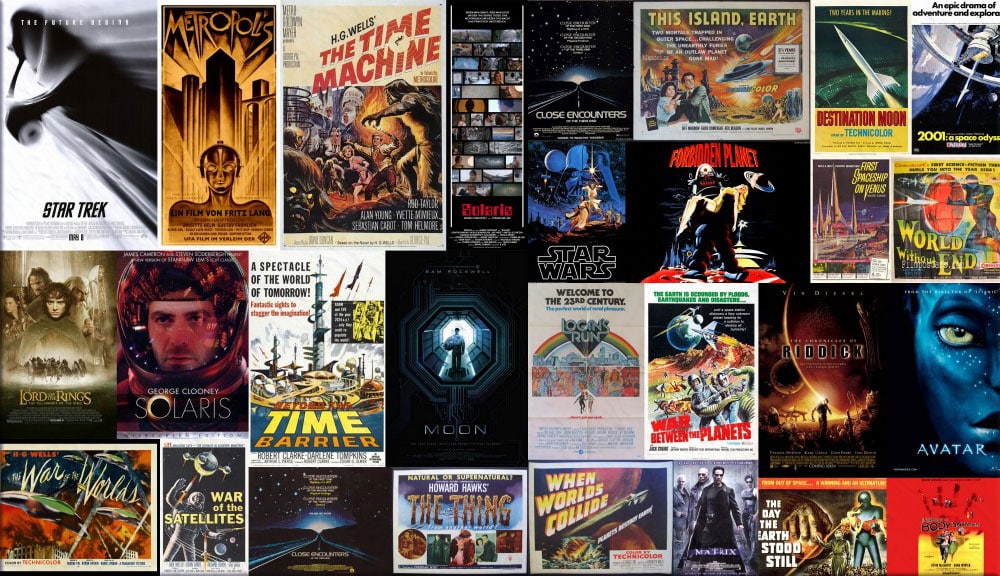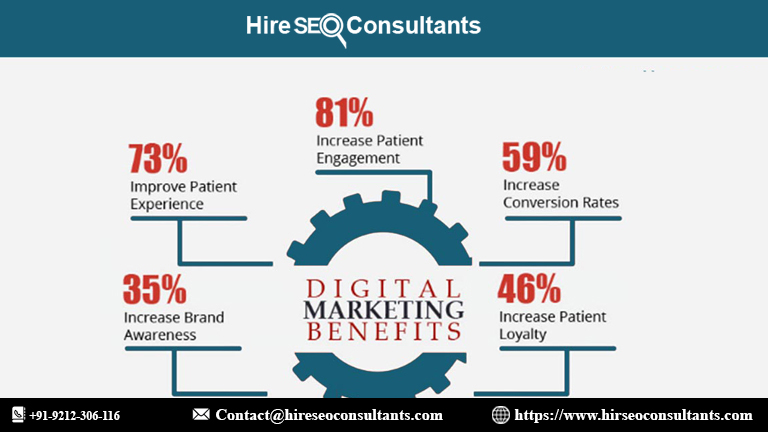How to Visualize the Movement Between Cinema Moveations and Film Movements in Movies
Explore the link between cinema movements in movies. Learn how to visualize the connection between cinema moveations and film movements.
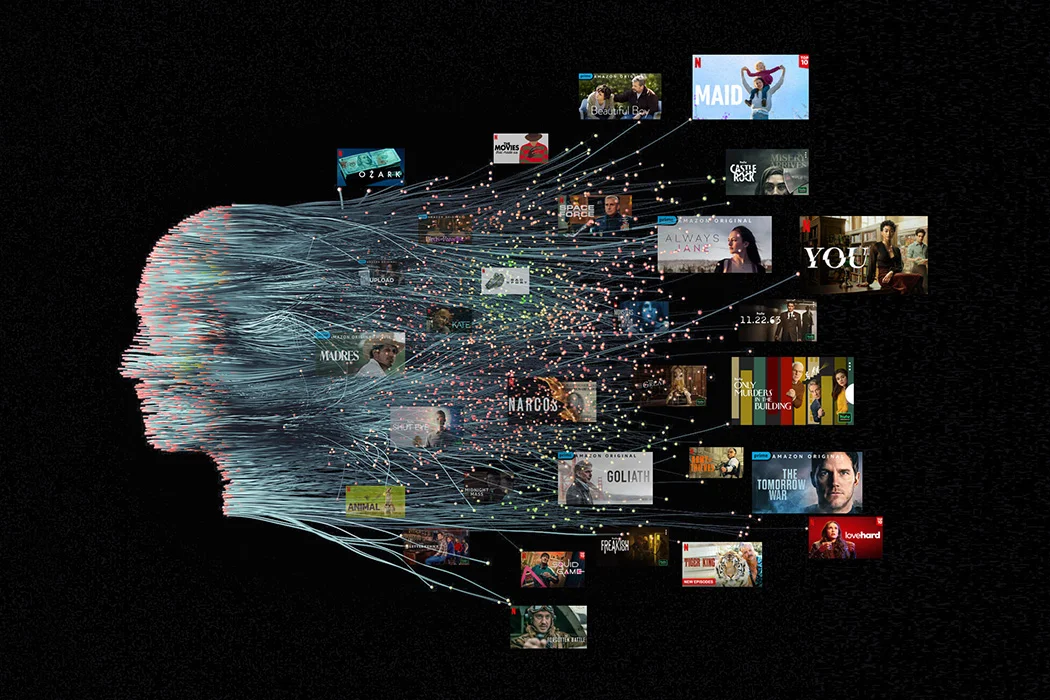
Evaluate the Impact of Different Film Movements and Trends on the Movie Industry
In the ever-evolving landscape of the entertainment industry, the impact of various film movements and trends has been profound. From silent films to the digital era, each phase has left an indelible mark on cinema. In this article, we will delve into how these cinematic shifts have shaped the movie industry, influencing not only the way films are made but also the audience's viewing preferences.
The Silent Era: A Pioneering Start
During the late 19th and early 20th centuries, the world was introduced to silent films. These cinematic marvels relied solely on visuals to convey stories, setting the foundation for the art of storytelling in film. Silent film legends like Charlie Chaplin and Buster Keaton captured the hearts of audiences worldwide, showcasing the power of visual storytelling.
The Golden Age of Hollywood: Glamour and Studio System
The Golden Age of Hollywood, spanning from the 1920s to the 1960s, was characterized by opulence, glamour, and the studio system. It produced timeless classics like "Gone with the Wind" and "Casablanca." This era saw the emergence of iconic stars such as Marilyn Monroe and Humphrey Bogart, who became cultural icons. The studio system's dominance over talent and production laid the groundwork for the modern film industry's structure.
New Hollywood and the Rise of Auteur Filmmaking
The 1960s and 70s marked a significant shift with the New Hollywood movement. Filmmakers like Martin Scorsese and Francis Ford Coppola emphasized artistic expression and realism over studio conventions. Auteurs took center stage, with directors leaving their unique imprints on their work. This period birthed classics like "The Godfather" and "Taxi Driver."
Blockbusters and Special Effects: The Spielberg Era
The late 20th century witnessed the rise of blockbuster films, pioneered by directors like Steven Spielberg. Movies like "Jaws" and "E.T. the Extra-Terrestrial" captivated audiences with cutting-edge special effects and thrilling narratives. This era set a precedent for high-stakes, visually stunning cinema.
The Digital Revolution: Changing the Game
The dawn of the 21st century ushered in the digital revolution, transforming every aspect of filmmaking. Advancements in CGI and digital distribution allowed for more creative freedom. Films like "Avatar" demonstrated the limitless possibilities of digital filmmaking, with visually stunning worlds and characters.
The Streaming Era: Accessibility and Diverse Content
With the advent of streaming platforms like Netflix, Amazon Prime, and Hulu, the movie industry experienced another seismic shift. Audiences now have unprecedented access to a vast array of content, from?top TV shows?to new movie releases. The convenience of streaming has altered how we consume entertainment, making binge-watching and exploring diverse genres the norm.
Influences from Other Entertainment Sectors
The movie industry has also been influenced by trends and developments in other entertainment sectors. The?Billboard Top 100?charts have played a role in shaping movie soundtracks, while celebrity news and gossip have influenced casting decisions and public perception. The synergy between music, celebrity culture, and cinema has created memorable cinematic moments.
Looking Ahead: The Future of Film
As we move forward, the movie industry will continue to evolve. The combination of technological advancements, changing audience preferences, and global accessibility will shape the films of tomorrow. The boundary between traditional cinema and streaming content will blur further, offering both challenges and opportunities for filmmakers.
Environmental Consciousness in Filmmaking
Environmental sustainability has become a growing concern in the film industry. Filmmakers are taking steps to reduce their carbon footprint during production?best netflix series. From using renewable energy sources on set to adopting eco-friendly practices in post-production, the industry is recognizing its responsibility to protect the environment. Additionally, films like "An Inconvenient Truth" and "Before the Flood" have raised awareness about critical environmental issues.
The Rise of Independent Cinema
While blockbuster films continue to dominate the box office, independent cinema has carved out its own niche. Independent filmmakers often tackle unconventional themes and push artistic boundaries. Festivals like Sundance and Cannes have become platforms for showcasing these unique voices. Streaming platforms have also provided a lifeline for independent films, allowing them to reach a global audience without the need for extensive marketing budgets.
Navigating the Pandemic: Digital Releases and Hybrid Models
The COVID-19 pandemic forced the movie industry to adapt rapidly. Cinemas faced temporary closures, leading to a surge in digital releases. Streaming platforms, already on the rise, became the primary means of accessing?new movie release?. The pandemic also prompted studios to experiment with hybrid release models, where films were simultaneously released in theaters and on streaming platforms. This shift has permanently altered the way we consume films and raised questions about the future of movie theaters.
Technology and Immersive Experiences
Advancements in technology have revolutionized not only the production but also the viewing experience. Virtual reality (VR) and augmented reality (AR) are offering immersive storytelling possibilities. Films like "The Lion King" (2019) incorporated photorealistic CGI to create lifelike characters, blurring the line between animation and live-action. As technology continues to advance, audiences can anticipate more breathtaking cinematic experiences.
The Influence of Global Cinema
Hollywood is no longer the sole epicenter of the movie industry. International cinema, from Bollywood to South Korean cinema, is gaining worldwide recognition. Films like "Parasite" have bridged cultural divides and received acclaim on a global scale. This interplay between Hollywood and global cinema is fostering a rich exchange of ideas and talent.
The Impact of Social Media and Fan Engagement
Social media has become an integral part of film marketing and audience engagement. Fans can follow their favorite actors, directors, and franchises, fostering a sense of community. Viral challenges, memes, and fan theories contribute to the overall cinematic experience. Social media also provides a platform for audiences to voice their opinions and influence film production decisions.
The movie industry's journey through various film movements and trends has been a rollercoaster of innovation, creativity, and adaptation. From the silent era to the streaming era, each phase has left an indelible mark on cinema. As we evaluate the impact of these changes, one thing remains clear: the magic of storytelling through film endures.
What's Your Reaction?








